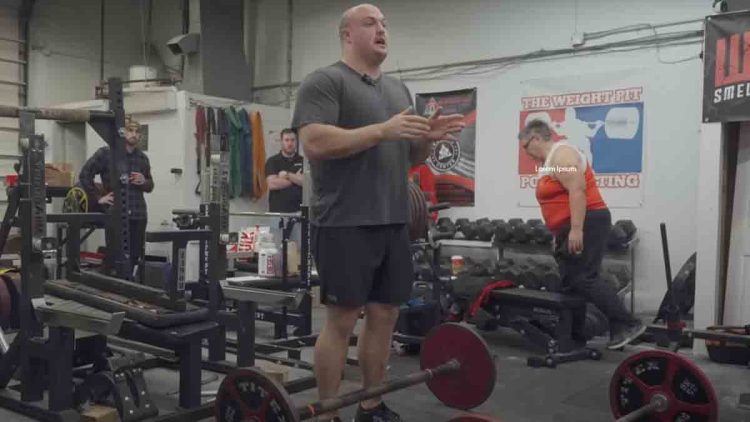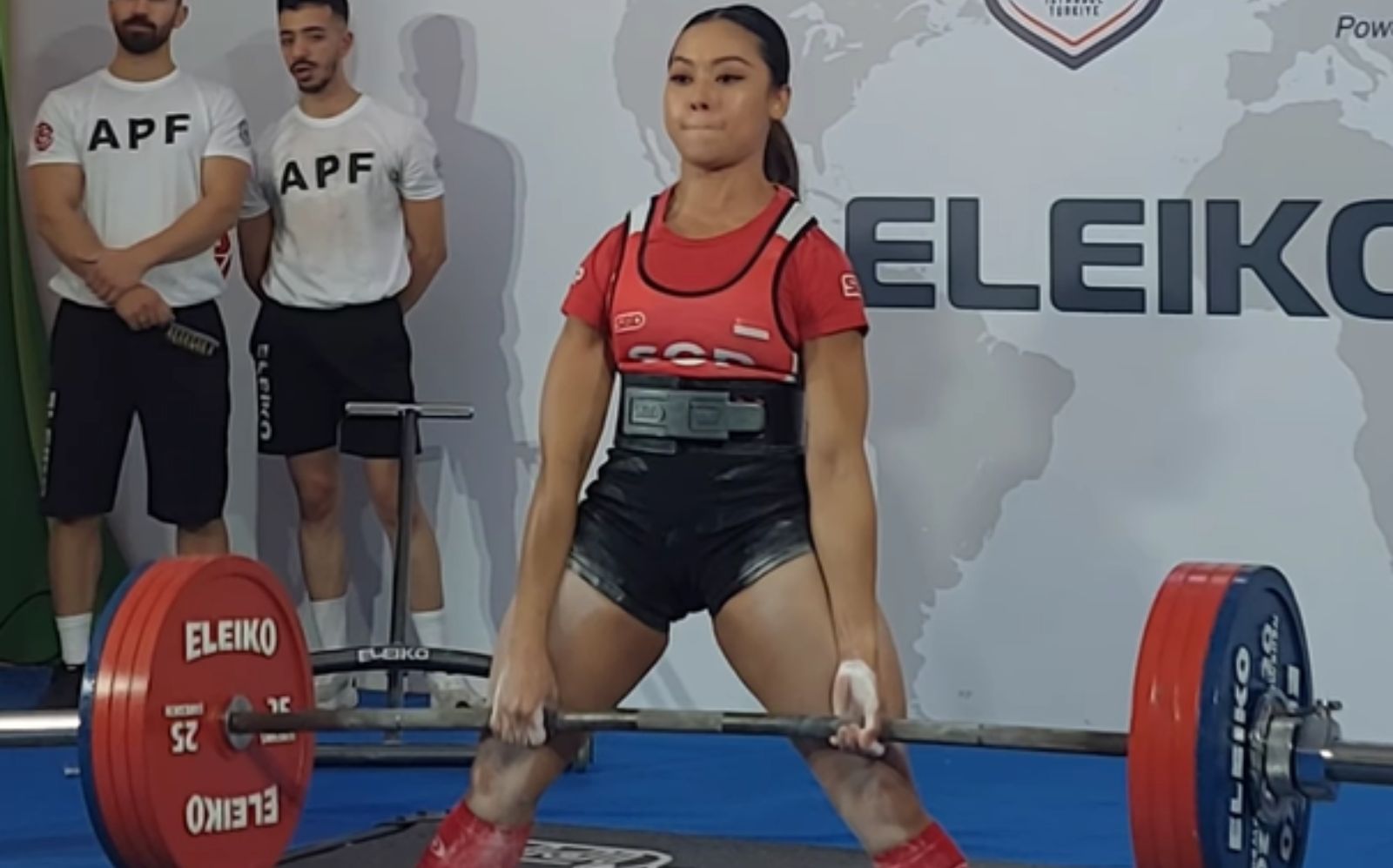The deadlift has been a staple in strength sports for many years and is considered one of the most impressive exercises. It showcases an individual’s strength by measuring the amount of weight they can lift from the ground and hold in their hands. Although many people have impressed with their deadlift abilities, Strongman prodigy Mitchell Hooper is among the very few to have pulled over 1,000 pounds (453.6 kilograms). During a recent informational video, Hooper explained how the deadlift technique varies with different barbell types, and the video was widely viewed by fans.
In his YouTube video, Mitchell demonstrated the differences in form and technique for four different barbells, the standard bar, the deadlift bar, the Axle bar, and the Trap bar. Each of these barbells has its own unique features and characteristics, which can affect the way the exercise is performed. Seeing that Mitchell filmed the video live at his seminar at the Weight Pit, he directly answered the questions of the attendees.
Related: Strongman Mitchell Hooper Sets a 420-kg (925.9-lb) Raw Deadlift PR In Training
Mitchell Hooper’s Deadlift Technique With Different Barbells
Mitchell Hooper, with his astute observations, identified two categories of athletes who perform the deadlift. He recognized that some struggle during the initial pull, while others experience difficulty during the lockout. Understanding this, he crafted his explanation in a way that addresses the specific challenges faced by each group.
Level Up Your Fitness: Join our 💪 strong community in Fitness Volt Newsletter. Get daily inspiration, expert-backed workouts, nutrition tips, the latest in strength sports, and the support you need to reach your goals. Subscribe for free!
“A lot of this is just about how do we make sure we use your strengths the best we can. So, you need to critically evaluate when deadlifts get heavy. Is it hard off the ground or is it hard towards lockout”
A majority of the participants in this seminar had difficulty with the lift-off portion of the deadlift, so Mitchell Hooper gave them the following advice:
- Perform a slight tuck of the pelvis in order to gain more stability from the final deep breath prior to the lift,
“When it comes to bracing, you are not just squeezing your stomach as hard as you can… So, big breath in, push that stomach out, tilt it to the back, only after that do you push into your belt.”
- Slight upper back rounding can be helpful,
“Your goal is actually going to be to bend your spine a little bit… Important distinction, you want to feel a stretch in the hamstring and fold the upper back. Folding the upper back is not harmful like folding the lower back would be.”
- Drop the shoulders inwards in order to reach the barbell more easily,
“Next, shoulder blades, we want those to be rolled forward… If you roll the shoulders forward, you get a couple of inches.”
- Pushing the knees over the toes will activate the quads, allowing for more strength.
“If you can, push your knees over the bar. That is the first thing you should be focusing on… There are two things to be able to get your knees more forward. One is bringing your feet in, and one is pushing your toes more forward.”
Axle Barbell
Obviously, the main difference that the Axle Bar presents is the harder grip due to the girth of the bar. So, that is what Mitchell Hooper focused on the most. His way of gripping was similar to the suicide grip, but also in a mixed grip variation of it. This means that one of his hands went over the barbell, while the other gripped in the opposite way.
“You want to get your hand as far around that bar as you can. So, actually cupping your hands and not using your thumbs can be useful.
Standard and Deadlift Bar
According to Mitchell Hooper, the Axle Bar deadlift is not much different from the more usual Standard and Deadlift barbells in terms of technique. They are, however, difficult to get off of the ground due to their stiffness.
“When it comes to standard bar and deadlift bar, really the same principles. The only difference when you go from Axle to stiff bars and deadlift bars is that it gets harder and harder off the ground the stiffer it is.”
Trap Bar
It is important to note that the Trap Bar requires a different technique than the other three barbells. Most importantly, Mitchell explained that the barbells are in front of the body, while the Trap Bar allows the athlete to stand in the center of it. This makes for a better stance, resulting in a more powerful lift. Hooper also advises self evaluating with a video from the side.
“The number one error that people use is treating the Trap Bar like it is a barbell. The center of mass is really really important… The benefit of the trap bar is that you can bring that right inline with your ankles… You should feel almost like you are reaching back behind you.”
Watch the video here:
Related: Mitchell Hooper Wins The 2023 Australia’s Strongest International Competition
Mitchell Hooper’s powerlifting and Strongman resumes alone are good enough to make him very credible in giving advice about deadlifts. Hooper also holds a Master’s degree in Exercise Physiology from the University of Sydney, which proves his expertise.
Having experienced everything first-hand and invested a considerable amount of time studying it, Hooper’s advice on deadlifts is without a doubt of the highest caliber.









